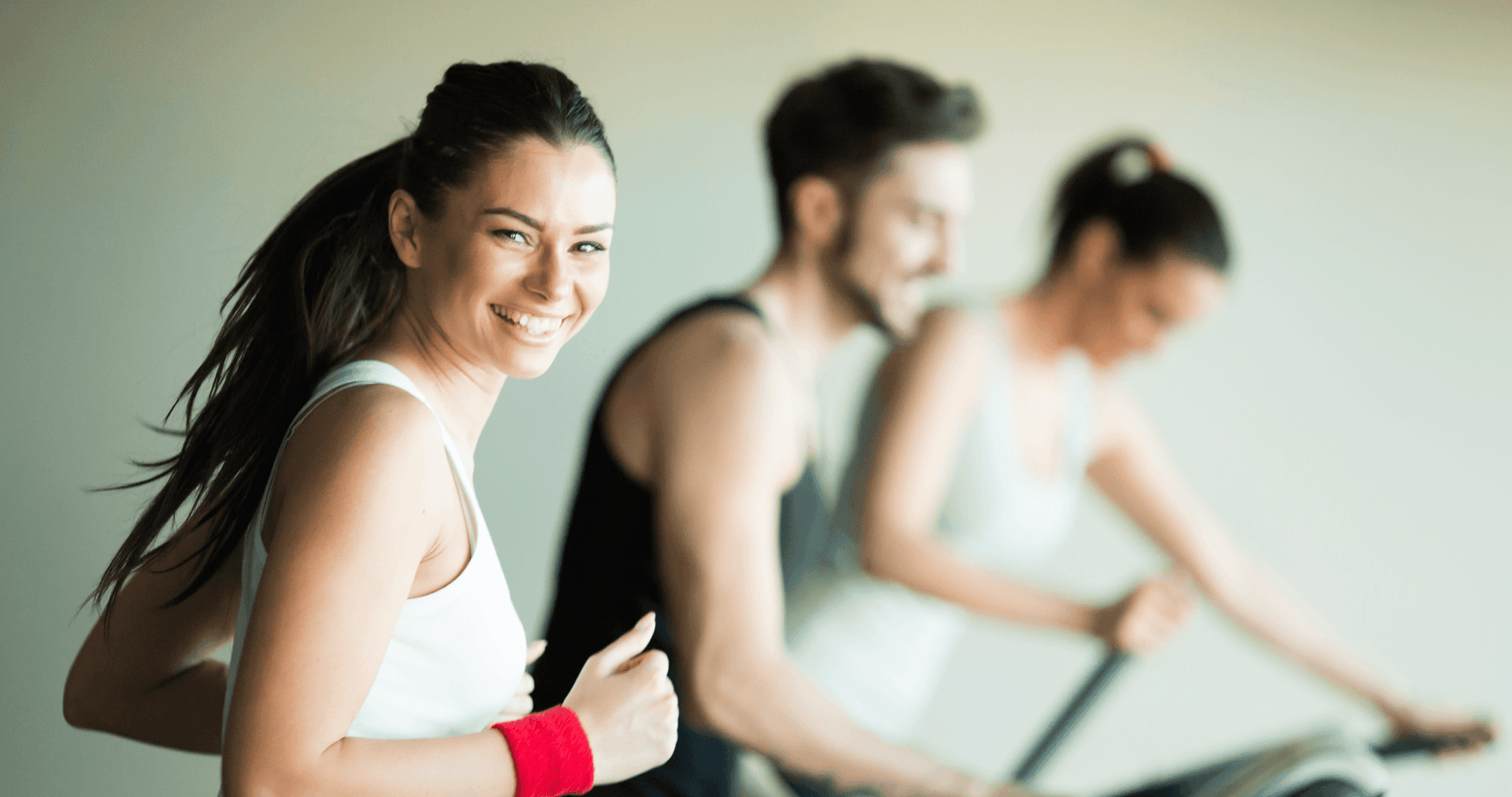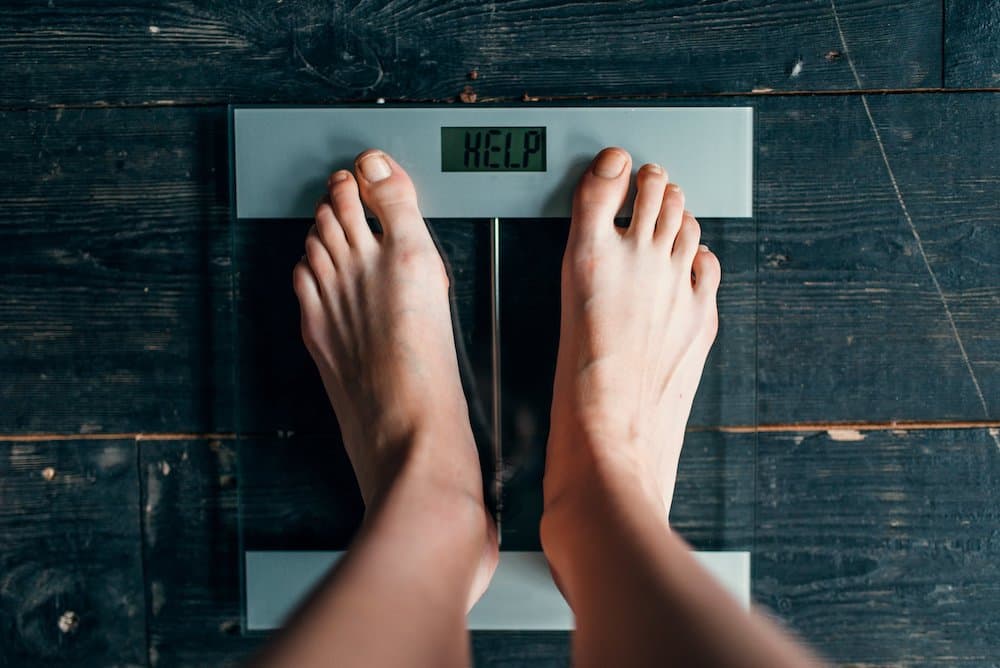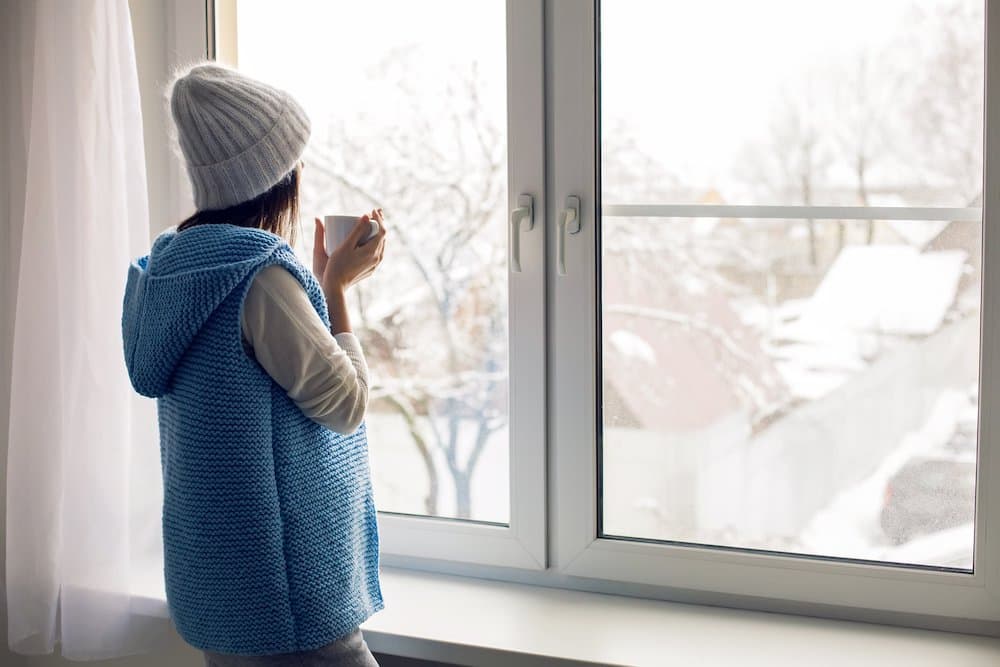
2021-12-29T14:03:24
How to Make New Year’s Resolutions you can Actually Keep
- Weight Management
- Wellness Institute
January 19, 2016 | Wellness Institute

For many people, with a new year comes new—or renewed—fitness goals. Motivation may be high in the beginning, but what about those days when our resolve is lacking or we’re just too tired to fit in a workout? Here are 14 ideas to help keep you on track:
Getting involved with any type of fitness class, like Zumba, can help provide some motivation. Classes are also a great activity for friends, or a chance to make new ones. Find a class you are interested in, or be brave and try a new one! Revere Health’s Wellness Institute has a Zumba class Wednesday evenings at 5:30 pm.
Walking for exercise may get disregarded since we do it all the time, but our bodies are burning energy nonetheless. Walking is a good alternative when you’re tired, because it’s simple, doesn’t require much thought, and is convenient: use a treadmill or hit the pavement! For a short, but intense workout, increase the incline on the treadmill or walk up some hills.
You don’t need fancy equipment to get a good workout; all you need is your own body weight. Common calisthenics exercises include: push-ups, sit-ups, pull-ups, lunges, squats, jumping jacks, tricep dips, and planking. Body weight exercises can be adjusted to your intensity level, so do a few circuits of exercises and you’re done in about 20-25 minutes. Remember to avoid heavy weights when you’re feeling tired!
If you have a particular schedule and want to stick to it, simply shorten the amount of time or reps. Some research suggests that shorter workouts can increase resting metabolic rate (RMR) and improve bone density.
High-Intensity Interval Training (HIIT) has become very popular recently because it’s short and effective, lasting between 15 – 30 minutes. HIIT has been shown to boost metabolism, burn fat, increase endurance, build muscle, and can be applied to almost every type of exercise. Here’s an example workout for the treadmill:
Warm-up – 2 minutes @ 2-4 mph
*repeat jog and sprint sequence 7x*
*repeat recover, jog, sprint sequence 6x*
This type of HIIT workout lasts 5-20 minutes—perfect for when you lack motivation. These exercises can be done at home since you use your own body weight. Usually, workouts consist of 8-10 intense exercises broken down in four rounds with each exercise done for 20 seconds (resting for 10 seconds in between reps if you want). For example:
*rest and repeat 2-4 times*
This targets major muscle groups of the lower body, so you’ll be burning plenty of calories, even in a short duration. You don’t really have to think about much; just climb! Use the machine at the gym, an aerobic step, your stairs at home, or hit the football bleachers at your local high school.
Workout during your favorite show. Do some body weight exercises during the show (squats, lunges, crunches, tricep dips, etc.), then do cardio during the commercials (jogging/marching in place, jumping jacks, front kicks, etc.).
Another workout you can do at home or in the gym. Targeting your abs is a great way to increase core stability and strength, without feeling super wiped out.
Have the motivation but not the energy? Yoga is the way to go. It’s a good alternative to help your body refocus and rejuvenate. The fluid movements of yoga keep your muscles strong, improve flexibility, and can reduce stress. Revere Health’s Wellness Institute offers a yoga class Monday and Thursday nights at 5:30 pm.
Stretching is vital to your body’s overall fitness and wellness. Intense workouts cause lactic acid to build up in your bloodstream, and muscle recovery causes soreness and stiffness. Stretching, drinking plenty of water, and adequate rest will help alleviate muscle soreness and get rid of lactic acid buildup. By taking time to stretch before and after your workout, your flexibility will improve, your risk of injury lessens, and your circulation will increase. On days you feel too sore or fatigued, a relaxing stretching session can go a long way.
People don’t usually associate this with fitness, but you’re moving your body and burning calories while cleaning up your place, sometimes for up to 2 hours! Think about it: you use your arm muscles for polishing, your arms and core for sweeping, mopping, and vacuuming, and your legs by going up and down the stairs. Once you’re finished, you’ve got the house tidied up and your workout is done at the same time. Double accomplishment!
This is also known as self-myofascial release (SMR), which is used by Physical Therapists for muscle recovery and to prevent muscles from becoming overactive. This can help improve your movement and is stress-free. Be sure to focus on your hips.
Ask yourself: am I truly exhausted, or am I choosing not to move? There are days when you just need to sleep. If you didn’t sleep enough, then head to bed and not the gym. If you injure yourself, give your muscles some recovery time; you don’t want to trigger a cycle of fatigue.

WRITTEN BY:
The Live Better Team

2021-12-29T14:03:24

2019-07-22T16:27:23

2019-01-10T09:28:19

2019-01-02T08:00:06
This information is not intended to replace the advice of a medical professional. You should always consult your doctor before making decisions about your health.